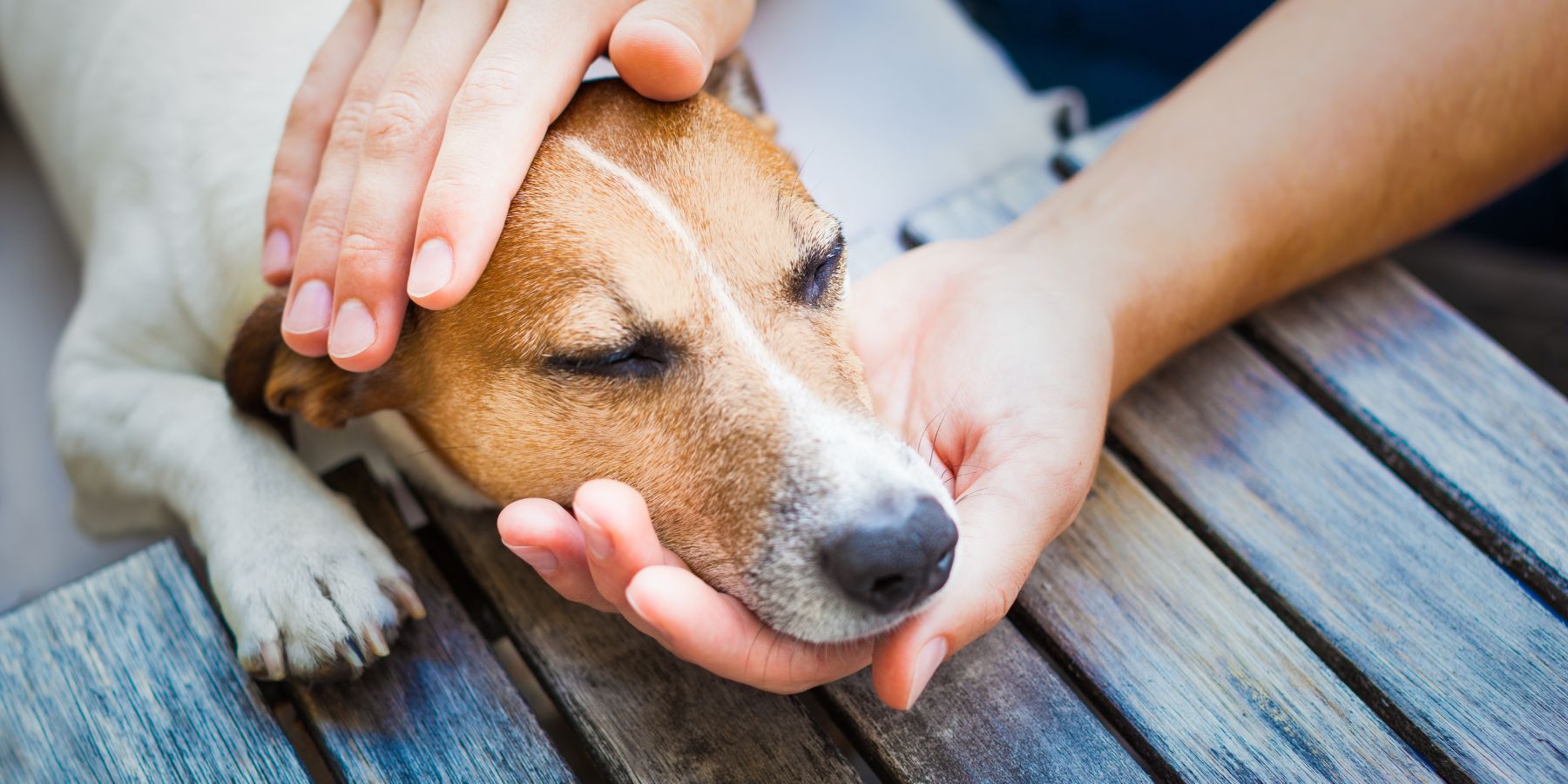Hey, fellow dog enthusiasts! If you’ve found yourself navigating the challenges of a furry friend with a collapsed trachea, you know it requires a bit of extra care and consideration. Welcome to “Lifestyle Adjustments for Dogs with Collapsed Trachea,” where I’ll blend personal experiences with practical insights to guide you through creating a comfortable and supportive environment for your canine companion.
Navigating the Collapsed Trachea Journey
Let’s dive into the heart of the matter with a personal touch. My furry sidekick, Rocky, a delightful Pomeranian, entered my life with an unexpected twist – a collapsed trachea. This revelation led me on a journey of discovery, compassion, and, most importantly, lifestyle adjustments to ensure Rocky’s well-being.
Creating a Trachea-Friendly Haven
1. The Gentle World of Harnesses
Rocky’s preference for stylish collars quickly shifted to the gentle embrace of a harness. This simple adjustment significantly reduced the strain on his trachea during walks. Opting for a harness became a fashion statement and a health-conscious choice.
2. Dietary Delights: Soft and Nutrient-Rich
Rocky’s love for crunchy treats had to take a back seat. I discovered the joy of incorporating soft treats into his diet. Not only were these easier on his trachea, but they also added a delightful variety to his culinary experiences.
3. The Zen Zone: Calm and Serene Spaces
Creating a calm and serene living environment became a top priority. I designated a cozy corner with his favorite bed, away from potential stressors like loud noises. Dogs with collapsed trachea often benefit from a stress-free haven.
4. Moderation in Movement: Gentle Exercises
While Rocky loved a good game of fetch, moderation became the key. Gentle exercises, and avoiding excessive pulling or strenuous activities, ensured he stayed active without triggering coughing fits. Finding the right balance was a game-changer.
5. Mindful Adventures: Tailoring Outings
Tailoring our outings became an art. Choosing quieter paths, avoiding areas with potential irritants, and ensuring he had ample opportunities to rest made our adventures enjoyable for both Rocky and me.
Crafting a Canine-Friendly Lifestyle
Regular Veterinary Check-Ups: The Cornerstone
Rocky’s journey was anchored in regular veterinary check-ups. These visits allowed for proactive management, adjustments to his care plan, and early detection of any potential issues. A collaborative approach with the vet was key.
Nutritional Nourishment: A Balanced Diet
Exploring a balanced diet tailored to his specific needs became a delightful exploration. Nutrient-rich foods, supplements recommended by the vet, and mindful portions played a role in supporting his overall health.
Hydration Hygiene: Encouraging Water Intake
Staying hydrated was crucial, but traditional water bowls posed challenges. I discovered the joy of using elevated water bowls, making it easier for Rocky to sip without straining his trachea. Hydration became a stress-free affair.
Summary: Crafting a Comfortable Canine Lifestyle
In summary, lifestyle adjustments for dogs with collapsed trachea involve embracing harnesses, choosing soft and nutrient-rich treats, creating calm living spaces, incorporating gentle exercises, and tailoring outings. By focusing on these adjustments, you can craft a comfortable and supportive lifestyle for your furry friend.
FAQ: Addressing Common Questions on Lifestyle Adjustments
Q: Can lifestyle adjustments alone manage a dog’s collapsed trachea, or is medical intervention necessary?
A: Lifestyle adjustments play a significant role in managing a dog’s collapsed trachea. However, veterinary consultation is crucial for a comprehensive care plan.
Q: Are there specific harnesses recommended for dogs with collapsed trachea?
A: Yes, harnesses with front-clip designs are often recommended for dogs with collapsed trachea as they reduce pressure on the neck.
Q: Can certain exercises worsen a dog’s collapsed trachea, or is moderate activity safe?
A: Moderate, low-impact exercises are generally safe for dogs with collapsed trachea. However, it’s essential to observe your dog’s response and consult with a vet.
Q: How can I create a stress-free living space for my dog with a collapsed trachea?
A: Designate a quiet corner with a comfortable bed away from potential stressors. Minimize loud noises, and ensure a serene environment for your furry friend.
Q: Are there specific dietary recommendations for dogs with collapsed trachea?
A: Soft and nutrient-rich treats, along with a balanced diet recommended by a vet, can be beneficial for dogs with collapsed trachea.

